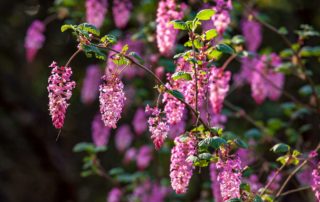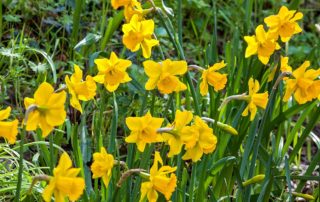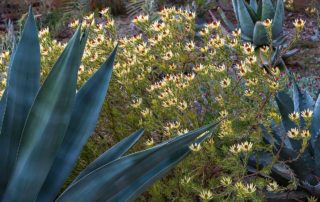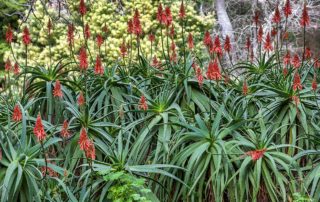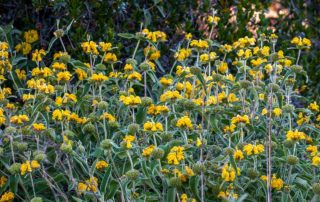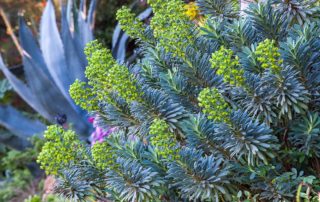Some of our favorite plants and gardens for summer-dry climates.
The Merits of Milkweed
Another great plant for habitat gardens, milkweeds (Asclepias species) support more than the critically endangered monarch butterfly. As most gardeners know, monarch caterpillars feed only on milkweeds, which contain chemicals that are toxic or unpalatable to most other insects, birds, and mammals. Monarch caterpillars, along with the juveniles of several other insects, are able to metabolize and sequester these chemicals, in the process making themselves toxic or unpalatable to predators. Asclepias speciosa, showy milkweed, native to western North America Hundreds of other insects visit milkweed flowers for their high-quality, prolific, readily accessible nectar, including native bees, honey bees,



